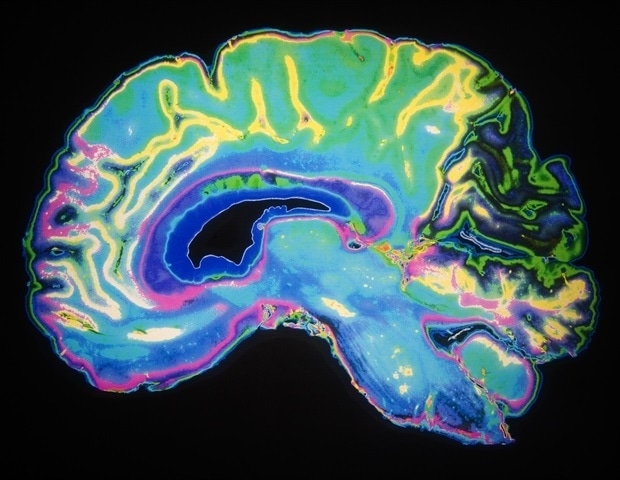
1 2 Prayagraj : On the first day of Chaitra Navratri , the sacred Triveni Sangam on Sunday witnessed a steady stream of devotees throughout the day as the devotees and locals flocked to the riverbank to take a holy dip and earn punya. Thousands of devotees, particularly women, started arriving at the Sangam banks early Sunday and performed rituals after taking a dip. Meanwhile, devotees also made a beeline to prominent Goddess Durga temples in the city to offer prayers.
Interestingly, the majority of devotees preferred to wear saffron colour clothes while worshipping Goddess Durga, which symbolises warmth, enthusiasm, and positivity. This vibrant colour is known for radiating energy and keeps the wearer cheerful throughout the day. With the beginning of the festive season, devotees from various parts of the country, including Madhya Pradesh, Bihar and Jharkhand also flocked to Sangam on the first day to take holy dips at the Triveni Sangam and immerse themselves in the spiritual essence of the sacred place.

After the Maha Kumbh, the Sangam banks once again wore a crowded look on Sunday due to the festive fevour. Devotees also offered obeisance to Lord Hanuman at the newly constructed Hanuman corridor. Meanwhile, all the city's prominent temples, including Maa Alopi Devi, Maa Kalyani Devi, and Maa Lalita Devi witnessed queues of devotees since early morning hours.
Holding coconuts, bangles, and red ‘chunri' in their hands, thousands of devotees thronged various city temples. Noted religious scholar Amitabh Gour says, "The word Navratri is a combination of two words- ‘Nav' meaning nine and ‘Ratri' meaning night. During these nine days, nine different avatars of Maa Durga are being prayed to seek her blessings.
The majority of devotees observe fast, and perform yajna and puja. During Navratri, the nine forms of Goddess Durga, also known as Navadurga, are worshipped on each of the nine days. All of them represent the divine feminine energy.
" The idols of Goddess Durga at temples were all decked up with colourful streamers and flowers. "I, along with my family members, visited the Maa Kalyani Devi temple to get blessings from Maa Durga and offered sweets, coconuts, and a chunari," said Ashutosh Dwivedi, a resident of the old city. My family members also planted grains of barley in a ‘Kalash' as part of the festival rituals, and my family would worship throughout the nine days.
This custom is indicative of fertility and is known as Khetri. This festival is also known for fasting, and irrespective of age, devotees survive on fruits, curd, milk, and dishes made of water chestnut flour and swang rice. Meanwhile, in view of the Navratri festive season, cops on sunday beefed up security measures in and around temples and deputed additional mobile police pickets.
Cops in plain dresses have also been roped in at market areas to keep an eye on troublemakers. Duties of policemen have also been assigned at static locations. Get the latest lifestyle updates on Times of India, along with EID Wishes , Messages and quotes !.















